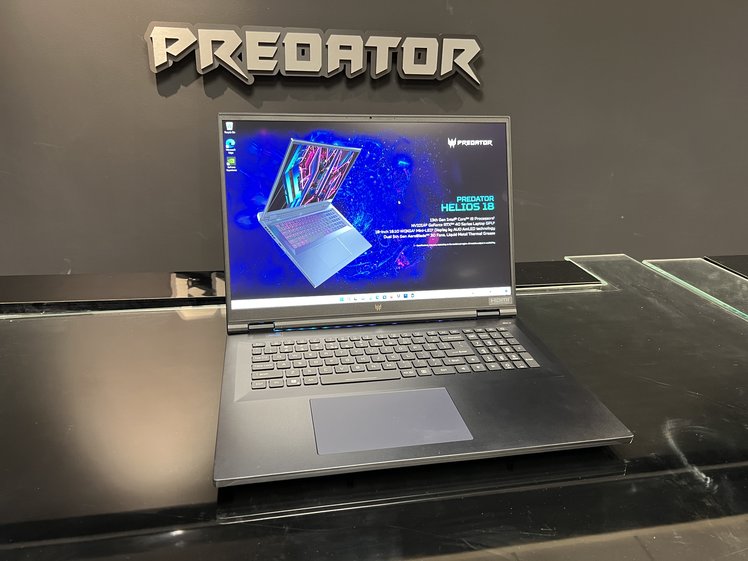
For the most dedicated of gamers, the Predator Helios range has always been the go-to in Acer’s line up – packing a power and performance edge on the Nitro range, with a price tag to match.
This year, Acer is keeping things simple, announcing two new Predator laptops at CES 2023, which both offer a pared-back design and a more straightforward naming convention. Most interestingly, it is packing the range’s biggest screen size yet, with the 18-inch Predator Helios 18.
We got a very first look at it ahead of CES 2023, as well it’s smaller sibling, the Predator Helios 16. Keep reading for our first impressions on their design and features.
Design
- Metal chassis
- Thinner bezels
- Refined look and design
Acer has completely redesigned the Predator Helios range for 2023, with a simplified matte black metal chassis, thinner bezels and a more refined look overall. The logo is smaller and more subtly placed, for example, meaning it doesn’t have to scream gaming laptop at first glance.
Of course, the customisable RGB light bar that runs along the top of the back vents does give it away a little, but you can decide exactly how you want this to look, or to have them off entirely if you prefer.
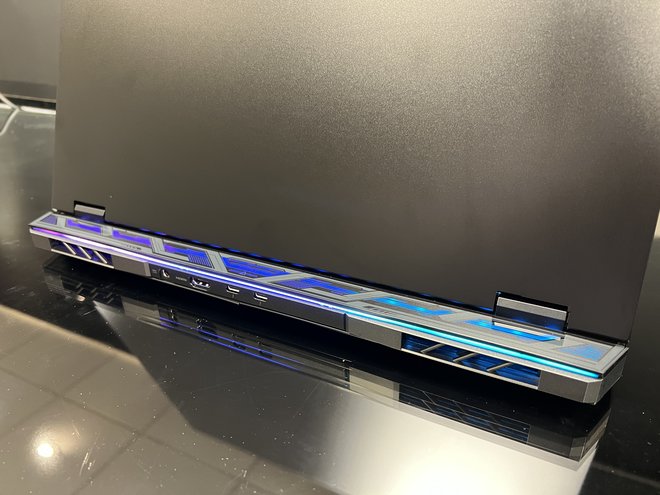
There is a nod to the traditions of customising your gaming machine though, with customisable exhausts. You get the standard grey ones installed out of the box, but extra plain vents included. These can be spray painted and mounted magnetically.
This all-new design is complemented by a mini-LED backlit keyboard with 1.8mm key travel and anti-ghosting N-key rollover.
The per-key RGB backlit keyboard has been redesigned to showcase bright uniform colour with less halo, as well as smooth dynamic lighting effects, requiring less power.
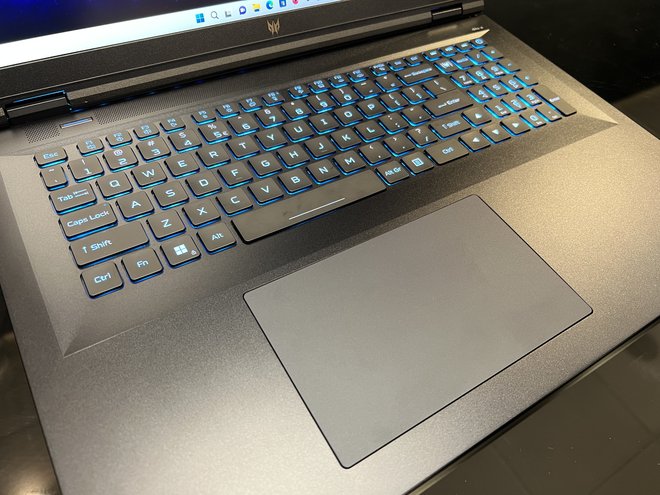
The new dedicated Mode key provides instant mode switching for improved gaming performance, while the PredatorSense key makes it easy to quickly open the app – now upgraded to version 4.0 making it easier to control system settings and monitoring.
Finally, a specially designed backlight module helps add to this laptop’s incredible heat management, by allowing air intake through the keyboard.
Display
- 18-inch display
- 16:10 aspect ratio
- WQXGA (165Hz or 240Hz), Mini LED (250Hz), QUXGA (165Hz)
In case you haven’t guessed, the Predator Helios 18 is an 18-inch laptop, or there’s also the 16-inch Predator Helios 16 for those who need something a little smaller. Both add a little bit of extra screen real estate to this year’s line up (up from 15.6- and 17.3-inches), thanks to the thinner bezels.

As usual, the larger 18-inch Predator offers more by way of spec sheet customisation, and the display options include WUXGA (1920×1200) at 165 Hz, WQXGA (2560×1600) at 165 Hz or 240 Hz, or AUO’s superfast 250Hz Mini LED display, with over 1000 local dimming zones – all at 16:10 aspect ratio.
The Predator Helios 16, on the other hand, offers everything but the QUXGA.
Of course, the higher the resolution and the faster the refresh rate, the less ghosting or tearing you will experience.
Performance and features
- 13th Gen Intel Core i7 or i9 HX processors
- Up to Nvidia GeForce RTX 4080 GPUs
- Upgraded thermal management system
Both screen sizes offer models that include the 13th Gen Intel Core i7 or i9 HX processors, and can be paired with the most powerful GPUs out there, up to Nvidia GeForce RTX 4080 GPU (MGP up to 165W) for a “desktop lite” gaming performance.
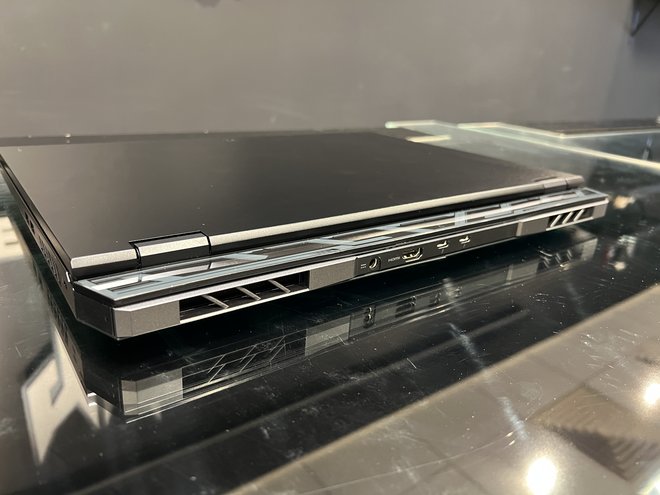
Such power in such a compact space is made possible by its upgraded thermal management system. This includes dual custom-engineered 5th Gen AeroBlade 3D metal fans, which are thinner and better shaped for increased airflow, alongside vector heat pipes that are rectangular instead of oval for improved heat transfer.
For memory and storage, there’s up to 32GB DDR5-4800 MHz RAM and up to 2TB PCIe Gen4 NVMe SSD in Raid 0, and in terms of connectivity, they come with the Intel Killer E2600 Ethernet Controller or Intel’s Killer Wi-Fi 6E AX1675 frequency band support.
There is great port expandability too. You can expect USB 3.2 Gen2 ports, an HDMI 2.1 connection, 2 x USB Type-C Thunderbolt 4 and a MicroSD card reader.
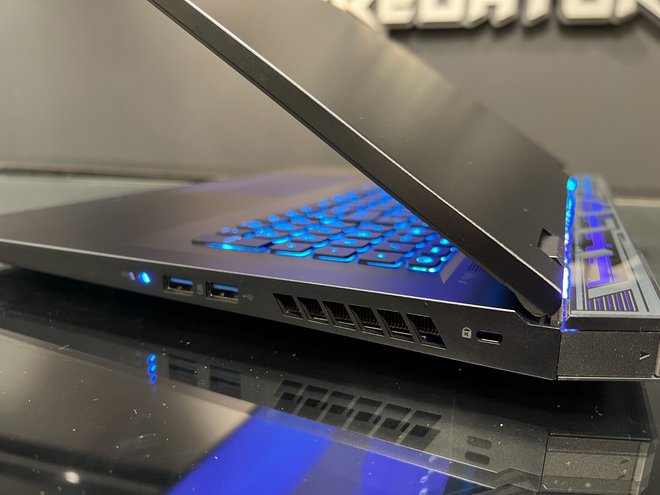
We didn’t get to spend any real time with the Predator range to understand how well all these impressive on-paper specs translates into raw gaming performance, but there certainly looks to be plenty of power to suit even the most-demanding AAA games.
